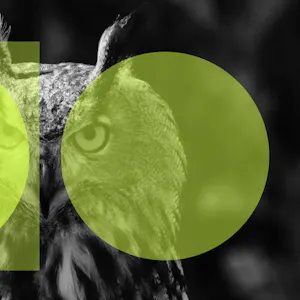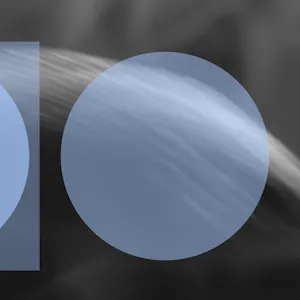Emerging threats

We support organisations striving to build a trustworthy, safe online environment where users can engage authentically in their communities.
Cross-sector corporatesWe support international government organisations and NGOs working to provide infrastructure or improve the capabilities, security and resilience of their nation.
International programmes and developmentWe support commercial organisations operating in a digital world, seeking to protect their reputation and prevent business disruption caused by cyber attacks and compliance breaches.
UK government and public sectorWe support UK government organisations responsible for safeguarding critical infrastructure, preserving public trust, and maintaining national security.



Indian social media is currently abuzz with talk around the film ‘The Kerala Story’, which was released last month. The film focuses on a group of women in Kerala who convert to Islam and are subsequently coerced into joining the Islamic State (IS). The film claimed to represent the stories of "32,000 women" who had faced similar ordeals in Kerala – a number which had no basis in fact and was widely called out as disinformation. This unashamed misrepresentation did nothing but portray Islam and Muslims as a threat to India – which reminded me of the radical Hindu conspiracy of ‘Love Jihad’ (the claim that Muslim men are on a ‘jihad’ to convert Hindu women to Islam) and made me think about who the target audience of the film really is.
The narrative pushed by ‘The Kerala Story’ is similar to ‘The Kashmir Files’ – a film on the mass exodus of Hindus from Kashmir, released in 2022 and then re-released in 2023, which was more divisive than empathetic to victims – in that it carries strong undertones of Islamophobia. Both films are being viewed without a pinch of salt and have resulted in increased hate speech, polarisation, and disinformation online and offline. And it doesn’t help that both have been heavily endorsed (and therefore politicised) by the ruling Hindu nationalist Bharatiya Janta Party (BJP), which declared them tax-free in at least four Indian states.
Both these films point to the continued weaponisation of film to influence dominant narratives – which isn’t a new phenomenon. Think of the CIA’s influence on Hollywood after the Second World War, with its close ties to the Motion Picture Association of America (MPAA) being leveraged to portray both the USA and the CIA itself in a positive light. During the Cold War, this also worked as a form of ideological soft power, pushing anti-communism and the coveted ‘American Dream’ to the rest of the world. The film adaptation of George Orwell’s ‘Animal Farm’ was funded by the CIA and remains one of the most popular pieces of anti-communist propaganda created during this time. And it wasn’t one-sided; the Cold War also saw a mass outpouring of Soviet propaganda films created by an industry that was tightly controlled by the Soviet government. These films, which included the popular ‘The Cranes are Flying’ and ‘The Fall of Berlin’, were designed to promote communism and demonise the West as unwarranted aggressors.
The point is, there is historical evidence of heavyweight state-aligned entities shaping art and popular culture to mould public opinion, and it’s not always known at the time. The current influx of divisive films (and subsequent online narratives) in India is this same process playing out – and it is time for us to demand transparency and question motives, so that we can build resilience against further polarisation in an already divided society.
More about Protection Group International's Digital Investigations
Our Digital Investigations Analysts combine modern exploitative technology with deep human analytical expertise that covers the social media platforms themselves and the behaviours and the intents of those who use them. Our experienced analyst team have a deep understanding of how various threat groups use social media and follow a three-pronged approach focused on content, behaviour and infrastructure to assess and substantiate threat landscapes.
Disclaimer: Protection Group International does not endorse any of the linked content.

At their core, artificial systems are a series of relationships between intelligence, truth, and decision making.

Feeding the name of a new criminal to the online OSINT community is like waving a red rag to a bull. There’s an immediate scramble to be the first to find every piece of information out there on the target, and present it back in a nice network graph (bonus points if you’re using your own network graph product and the whole thing is a thinly veiled advert for why your Ghunt code wrap with its purple-backlit-round-edged-dynamic-element CSS is better than everyone else’s).

There is a tendency to think that modern problems require modern solutions. Got a problem with AI-generated content? Your only hope is to build an AI-powered detection engine.